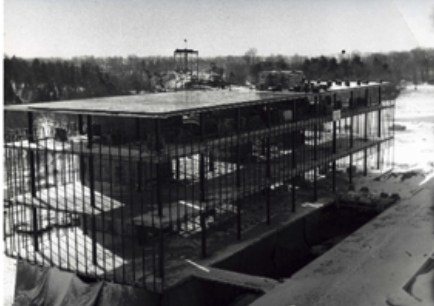PDF
Power, race, class and gender in Colonial Santo Domingo: an analysis of Spanish Dominican marital patterns in the Archbishopric of Santo Domingo, 1701-1801 Item Info
- Title:
- Power, race, class and gender in Colonial Santo Domingo: an analysis of Spanish Dominican marital patterns in the Archbishopric of Santo Domingo, 1701-1801
- Creator:
- Rivas, Christine D.
- Date Created:
- 2008
- Degree Awarded:
- Doctor of Philosophy
- Subjects:
- Spaniards Dominican Republic Marriage Social Aspects Dominican Republic Santo Domingo Kinship Dominican Republic Santo Domingo Social structure Dominican Republic 18th century Women Dominican Republic Santo Domingo Social Conditions Social classes Dominican Republic Ellite (Social sciences) Dominican Republic History
- Geographical Focus:
- Santo Domingo Spain Dominican Republic
- Supporting Materials:
- n/a
- Description:
- This dissertation uses marriage and baptism records from the Archbishopric of Santo Domingo (1701 to 1801) to chart how people used marriage and fictive kinship ties to form power relations and alliances. Central to understanding Spanish Dominican societal dynamics is the underlying colonial relationship between the territory of Santo Domingo and the Spanish metropole, as well as the intra and cross-class interactions. The politics of empire provide the context for colonial dynamics; the metropole’s racialized ideal of the social hierarchy played a significant role in the creation of elite identity. The ruling group recognized the importance of representing themselves to the Spanish Crown in terms it understood. They adopted the characteristic traits the Spanish Crown associated with a ruling group: whiteness, legitimacy and purity of blood. Despite obvious practical discrepancies between the ideal and accepted practices in this colonial society, the elite sought to reflect the metropole’s idealized image through a widespread manipulation of the official record. The shared socio-cultural language formed the basis for opening and maintaining a dialogue between Spanish Dominicans and the Crown. Intra and cross-class relations shaped the formation of family networks through marriage and fictive kinship. The elite, lower class, and slaves were active participants in creating their own society. Horizontal ties created class solidarity, not just for the elite but for the subordinate groups as well, while vertical ones forged cross-class alliances. The two types of ties acted as natural checks and balances, which determined the limits of racial domination. My dissertation also employs gender analysis to determine the different meanings and values of men and women’s roles in the formation of family networks within each socio- economic group. The higher male than female immigration advantaged women on the marital market because they had access to greater spousal selection, which also translated into more opportunities for social mobility. Women, therefore, became instrumental players in family ‘marital strategies. Santo Domingo’s reputation as a peripheral colony within the Spanish empire led historians to overlook its development. However, the experience of Spanish Dominicans provides a valuable counterpoint to the more densely populated and resource rich Spanish American colonies.
Source
- Preferred Citation:
- Rivas, Christine D.. Power, race, class and gender in Colonial Santo Domingo: an analysis of Spanish Dominican marital patterns in the Archbishopric of Santo Domingo, 1701-1801. 2008. Carleton University, Doctor of Philosophy.
- Reference Link:
- https://cuhistory.github.io/grads/items/hist_127.html
Rights
- Rights:
- Copyright the author, all rights reserved, unless otherwise indicated.

